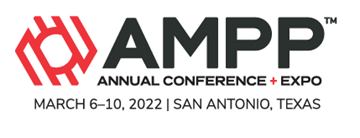Search
A Machine Vision Case Study Of U-Net Networks For Superficial Corrosion And Dirt Image Segmentation On Industrial Coated Steel Structures
Also Purchased
A Remote Monitoring System Featuring GPS Synchronized Instant-Off Potential And Line-Current Measurements
Product Number:
51322-17635-SG
Publication Date:
2022
$20.00
A Further Look At The Impacts Of Corrosion Inhibitor On Scale Prevention
Product Number:
51322-17676-SG
Publication Date:
2022
$20.00
A Case Study-Caustic Gouging Of Boiler Tubes
Product Number:
51322-17780-SG
Publication Date:
2022
$20.00




